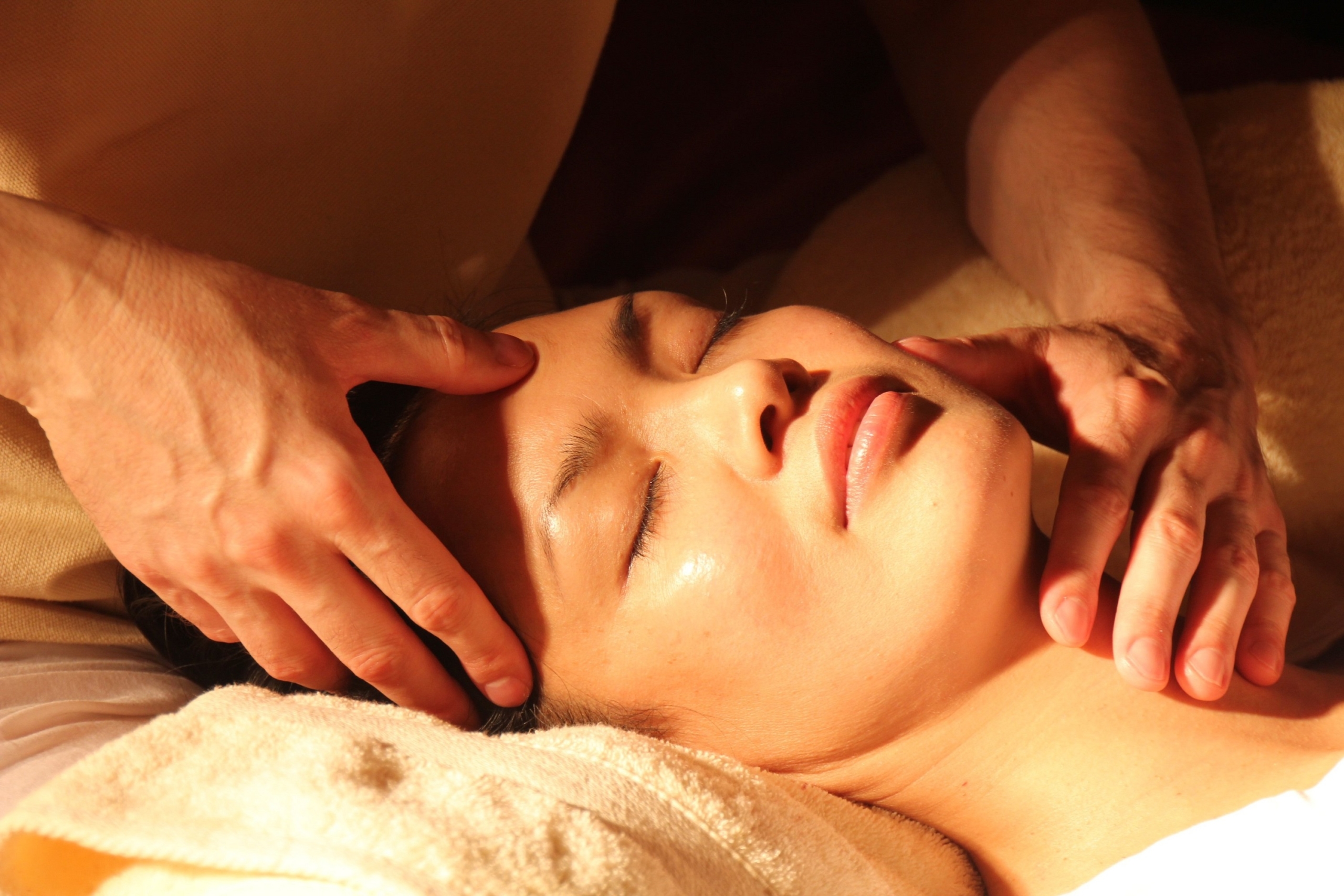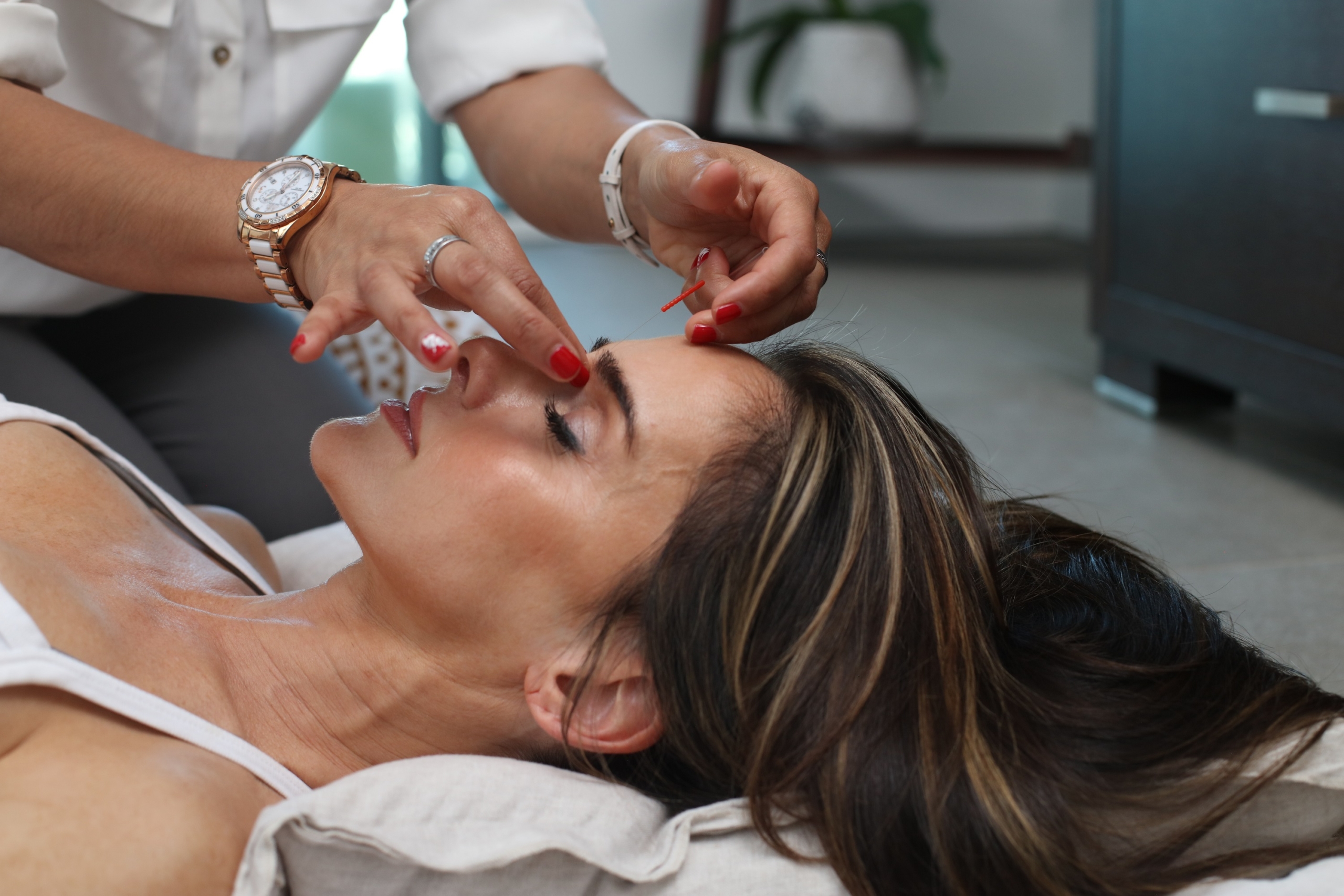Traditional Chinese medicine states that there are different pressure points on the body, invisible channels, and meridians, which carry energy known as ch’i (qi). These points start at your fingertips and run in lines to the brain, connecting to organs, and forming a communication system.
It follows that when one of these points or meridians is out of balance or blocked, you become ill. Acupressure is designed to use the different pressure points along these meridians to bring balance to the overall energy system.
Acupressure is a discipline based on the same underlying principles as acupuncture. The Chinese have reaped the benefits of acupuncture for thousands of years. It was utilized to treat disease and promote wellness and relaxation. This practice can also improve circulation, release endorphins, and reduce muscle tension.

How did acupressure develop?
Acupressure is closely linked to the development of Taoism, a practice focusing on the connections humans have with nature and how changes in nature impact the spiritual, emotional, and physical aspects of human life.
Taoism also notes that unhealthy lifestyles, trauma, external elements, and internal emotional issues can exacerbate and even cause illness and disease. These determinants influence the human body every day which impacts the flow of ch’i energy (pronounced “chee”).
Acupressure seeks to restore this essential energy flow and bring harmony and overall balance to an individual’s health.
How does acupressure work?
Acupressure practitioners use their thumbs, fingers, and elbows to place pressure on specific points on the body to release ch’i. Practitioners must be precise in their finger placement since there are around 365 points located all over the body along the major ch’i energy channels. Additionally, there are more than 650 individual pressure points. It may help to think of the network of ch’i energy points like the circulatory system, another network of connections extending from various channels.
When you attend an acupressure session, the practitioner will press down on specific points and hold anywhere from a few seconds to a few minutes. The pressure may be steady or applied through circular, massage-like motions, pushing the point in and out. Depending on your preferences, you can receive treatments a few times a week or even every day.
There are a few constraints on who can partake in acupressure safely. For example, pregnant women and those with high blood pressure are advised not to engage in an acupressure session. Additionally, acupressure is not a treatment for conditions such as varicose veins, inflammation, swelling, scar tissue, or open wounds.
The intense pressure during treatment can be slightly uncomfortable at times, but you shouldn’t feel severe pain. If you do, stop immediately and consult a healthcare professional if the pain continues.
What illnesses can be treated with acupressure?
There’s a huge range of conditions that can be treated with acupressure including:
- Back pain
- Fatigue
- Anxiety
- Headache
- Immune system deficiencies
- Stress and tension
- Feelings of melancholy
It is important to note that acupressure is not a replacement for medication or clinical treatment of illnesses and ailments. However, it can help to manage and temper the symptoms.
 Acupressure for muscle growth and development
Acupressure for muscle growth and development
Acupressure treats more than illnesses. It can also spur regeneration and growth in various body tissues. In fact, there are specific acupressure points just for muscle growth. Today, many athletes engage in acupressure sessions to help promote muscle building as it can remove stagnant ch’i and blood from the muscle tissue.
Moreover, in an investigation of acupressure techniques, the European Journal of Applied Physiology monitored how acupuncture impacted muscular endurance, strength, and power in athletes. 33 athletes were tested, and results indicate that the “mind-body approach” provides some benefits that are worth investigating further. While there is not a lot of clinical evidence pointing to the muscular or cellular benefits of acupressure, anecdotal evidence over the past thousands of years of practice suggests a wide range of physical and mental benefits.
BlissMark provides information regarding health, wellness, and beauty. The information within this article is not intended to be medical advice. Before starting any diet or exercise routine, consult your physician. If you don’t have a primary care physician, the United States Health & Human Services department has a free online tool that can help you locate a clinic in your area. We are not medical professionals, have not verified or vetted any programs, and in no way intend our content to be anything more than informative and inspiring.
 Acupressure for muscle growth and development
Acupressure for muscle growth and development

